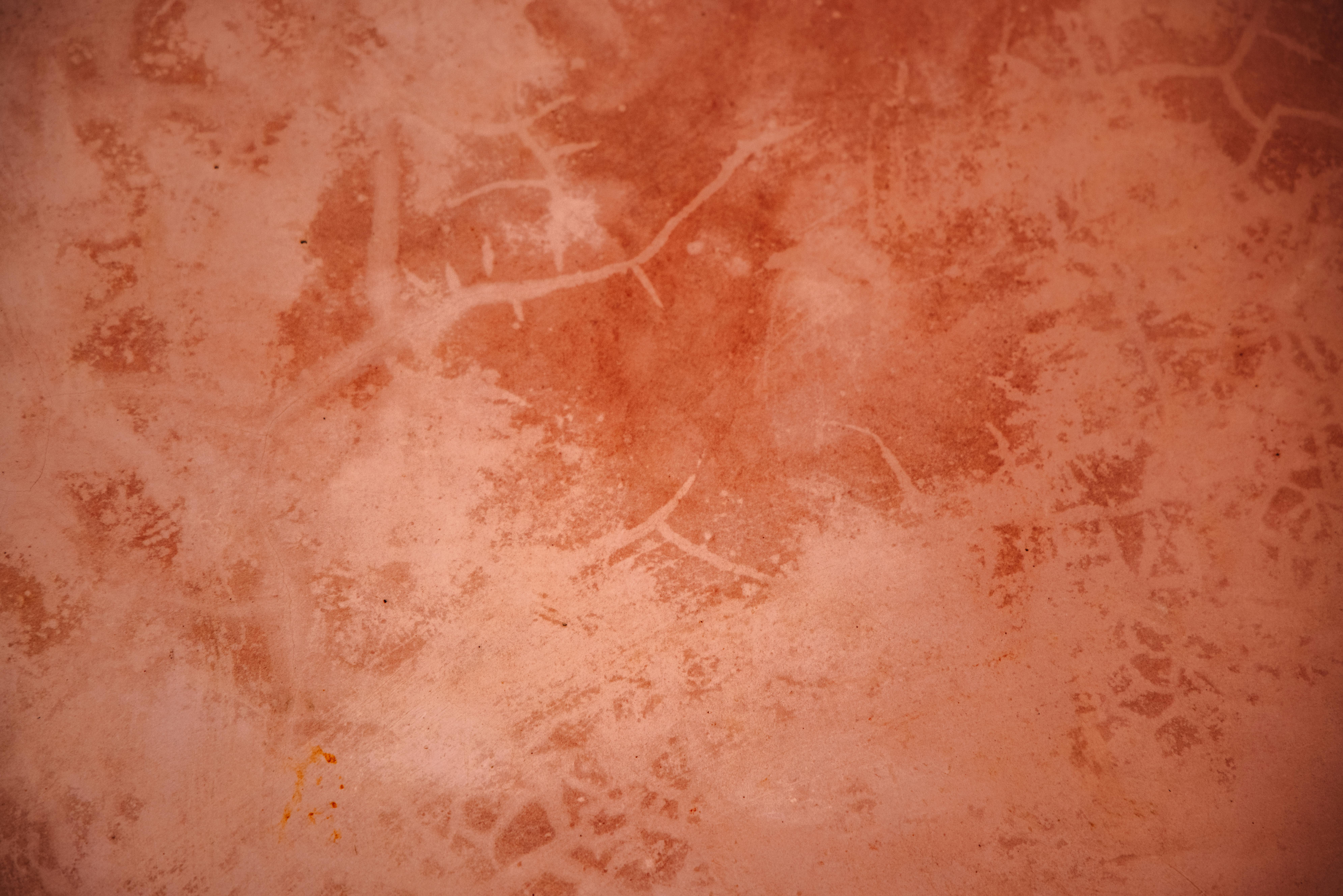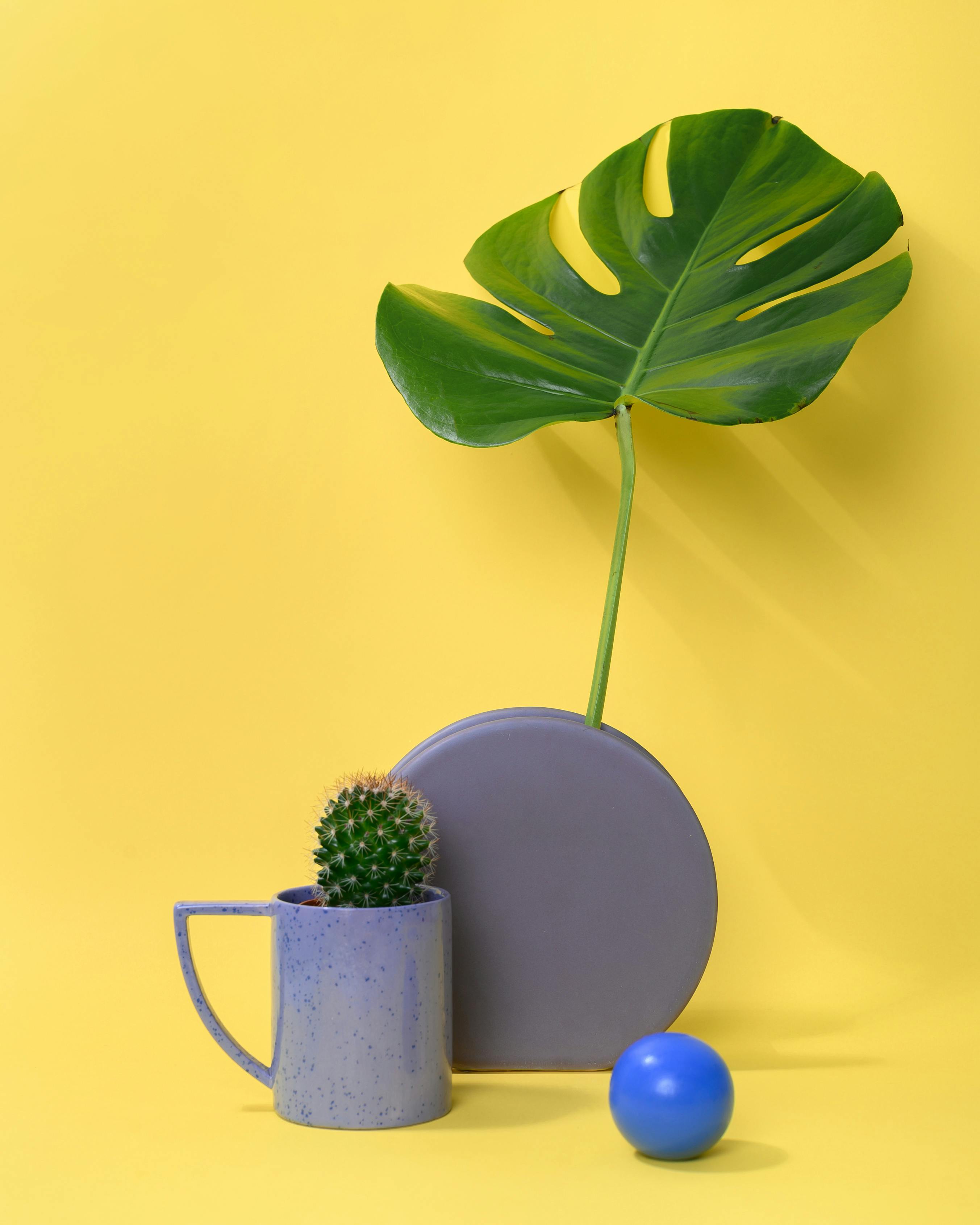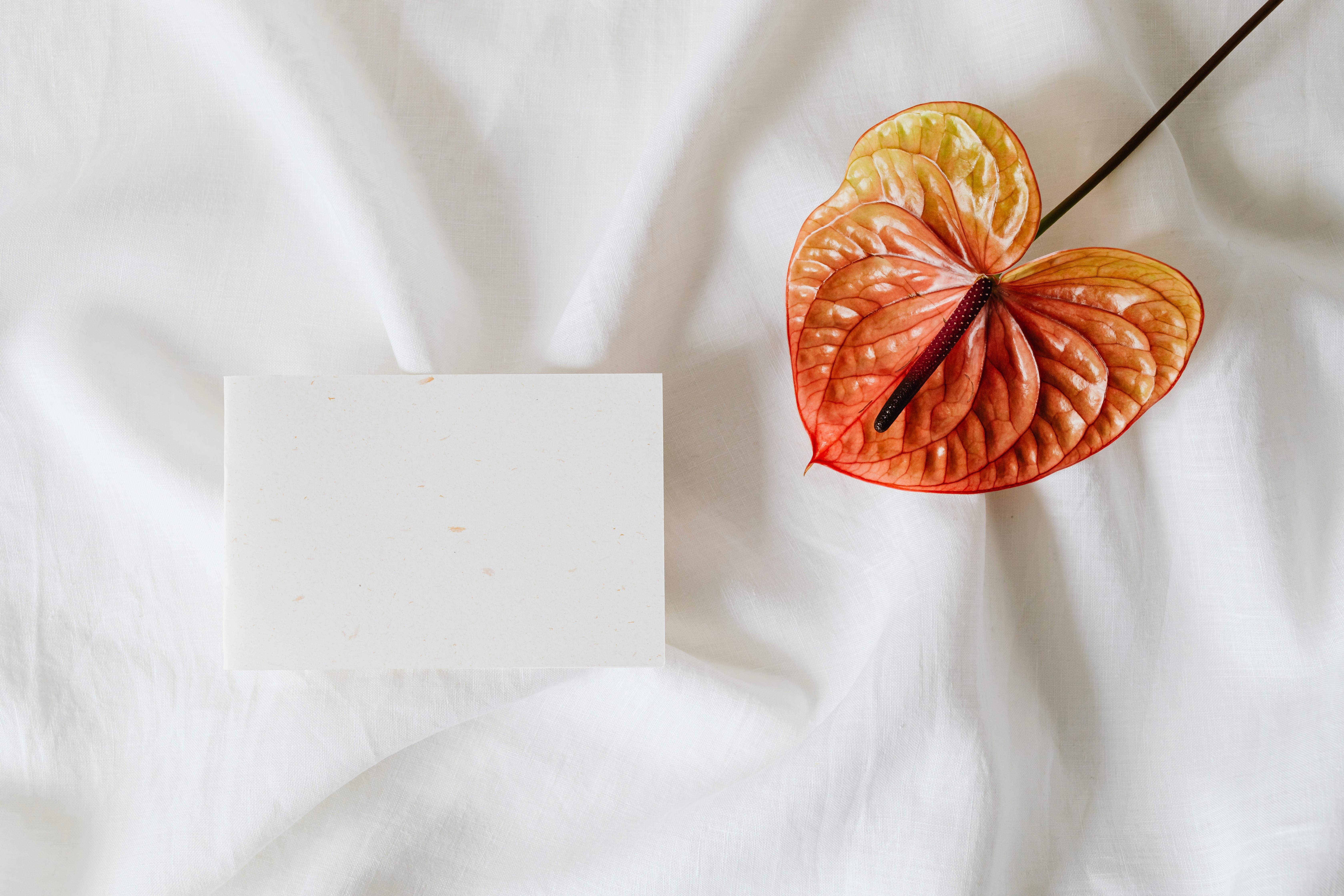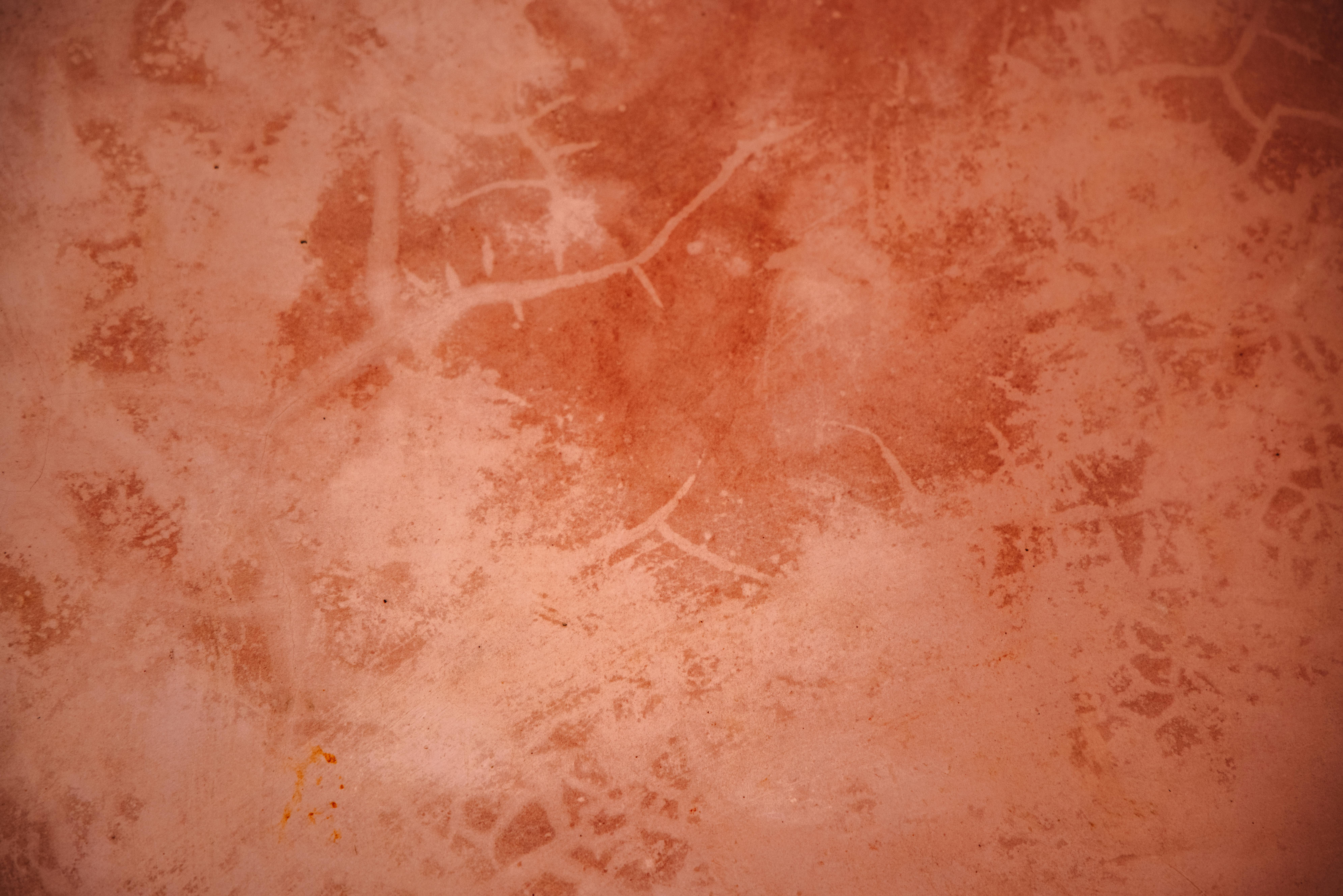Step into a living space where every curve mirrors a nautilus shell’s golden ratio, where walls breathe with the same rhythmic patterns found in tree branches, and where your home actually responds to your biological needs through nature’s most sophisticated design principles. This isn’t science fiction—it’s biomimetic luxury interior design, and it’s revolutionizing how we think about wellness-focused living spaces in 2026.
Traditional interior design has relied on static aesthetics and human preferences, ignoring the profound wisdom encoded in natural systems. But what if your home could harness the same mathematical principles that govern galaxy formations, optimize air flow like a termite mound, and create therapeutic environments through fractal geometry? The emerging field of biomimetic luxury design is answering these questions by translating nature’s four-billion-year R&D process into sophisticated wellness architecture.

This Photo was taken by ROMAN ODINTSOV.
The science behind nature’s blueprint for human wellness
Biomimicry in interior design goes far beyond adding plant motifs to wallpaper. It’s about understanding how natural systems optimize energy flow, regulate temperature, process air, and create environments that promote biological well-being. Research from the Biomimicry Institute shows that spaces designed with natural algorithms can reduce stress hormones by up to 68% and improve cognitive function by 42%.
The human brain has evolved to recognize and respond positively to natural patterns. When we see fractal geometry—the self-repeating patterns found in fern leaves, river deltas, and blood vessels—our neural networks activate in ways that promote relaxation and mental clarity. This biological response forms the foundation of organic pattern therapy architecture.
Consider how a forest manages its ecosystem: trees communicate through root networks, regulate humidity through transpiration, filter air through leaves, and create microclimates through canopy design. Modern biomimetic interiors replicate these functions through bio-integrated living wall ecosystems and advanced environmental control systems.
Fractal geometry as therapeutic architecture
Fractal patterns appear throughout nature because they represent the most efficient way to maximize surface area while minimizing energy expenditure. The Romanesco broccoli’s spiral arrangement, the branching patterns of lungs, and the recursive structure of coastlines all follow fractal principles that optimize function.
Incorporating fractal geometry into interior design creates spaces that feel inherently harmonious to human perception. Wall textures that mirror tree bark patterns, ceiling designs based on cloud formations, and flooring that echoes river stone arrangements activate our innate pattern recognition systems in profoundly therapeutic ways.
| Natural System | Biomimetic Application | Wellness Benefit | Implementation Cost |
|---|---|---|---|
| Honeycomb Structure | Hexagonal Wall Panels | Acoustic Optimization | $150-300/sq ft |
| Tree Branching Patterns | Ceiling Support Systems | Visual Stress Reduction | $200-450/sq ft |
| Spiral Shell Geometry | Staircase Design | Improved Circulation Flow | $500-1200/linear ft |
| Leaf Vein Networks | Smart Lighting Systems | Circadian Rhythm Support | $80-180/sq ft |
Revolutionary organic pattern therapy systems
Organic pattern therapy represents a breakthrough in understanding how environmental design affects human physiology. By analyzing the mathematical relationships found in natural systems, designers can create therapeutic environments that actively promote healing and wellness.
The golden ratio (1.618:1) appears repeatedly in nature—from the spiral of galaxies to the arrangement of seeds in a sunflower. When this proportion is integrated into room dimensions, furniture placement, and architectural elements, it creates spaces that feel intuitively balanced and psychologically restorative.

This Photo was taken by Daria Liudnaya.
Biophilic pattern integration strategies
Modern biophilic design has evolved beyond simple plant placement to encompass sophisticated pattern integration systems. These include surfaces that mimic the texture of tree bark to activate our tactile connection to nature, lighting systems that replicate the dappled light filtering through forest canopies, and ventilation patterns based on how caves naturally regulate air flow.
Advanced biomimetic systems can integrate with brain-wave synchronized design technologies to create environments that adapt to occupants’ neurological states. When stress levels rise, the space might automatically adjust lighting patterns to mimic calming natural phenomena like gentle water movement or cloud formations.
Fractal wellness architecture principles
Fractal wellness architecture applies mathematical principles found in natural growth patterns to create healing environments. This approach recognizes that our brains process fractal patterns more efficiently than geometric ones, leading to reduced mental fatigue and improved cognitive performance.
Key principles include scaling repetition (patterns that appear at multiple size levels), organic asymmetry (avoiding perfect symmetry in favor of natural irregularities), and recursive detailing (design elements that reference themselves at different scales). These principles can be applied to everything from acoustic treatments that mimic the sound-dampening qualities of forest floors to thermal regulation systems based on how termite mounds maintain stable temperatures.
Advanced biomimetic technologies transforming luxury interiors
The integration of advanced technologies with biomimetic principles is creating entirely new categories of luxury interior systems. Smart materials that respond to environmental changes like plant leaves, structural systems that adapt like spider webs, and climate control that functions like animal circulatory systems represent the cutting edge of this field.
Shape-memory alloys can create furniture that adjusts its configuration based on user needs, mimicking how plants orient themselves toward light sources. Photosynthetic wall systems can actually generate oxygen while purifying air, replicating forest ecosystems within interior spaces. These technologies transform homes from passive containers into active, living systems that support human wellness.

This Photo was taken by Karola G.
Adaptive environmental control systems
Nature provides numerous examples of sophisticated environmental control. Polar bear fur traps air for insulation while remaining lightweight. Butterfly wings create structural color without pigments through microscopic patterns. Desert plants maximize water collection through specialized surface textures. These biological strategies inform next-generation interior climate systems.
Advanced biomimetic HVAC systems can replicate the breathing patterns of living organisms, creating subtle pressure variations that improve air circulation and reduce stagnation. These systems work in conjunction with micro-weather control technologies to create personalized microc
